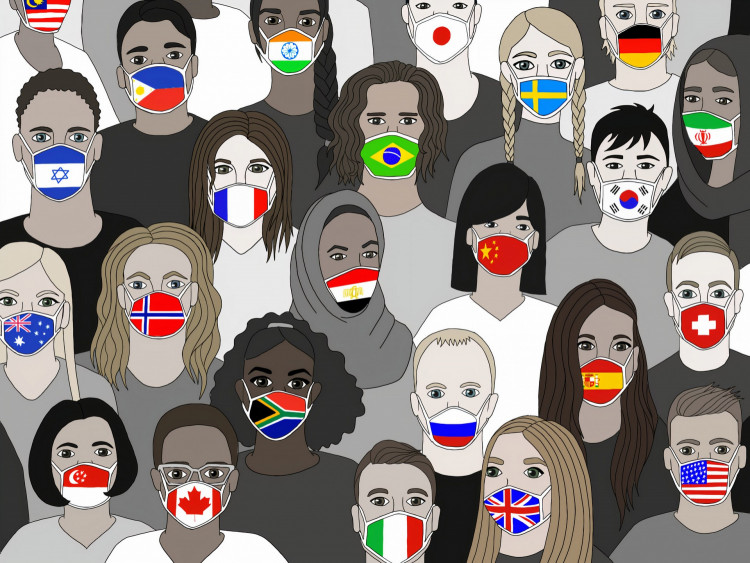Medical experts from the World Health Organization have presented their preliminary findings after a 12-day investigation in Wuhan and said the results had "uncovered new information" but did not "dramatically change the picture of the outbreak."
Currently at the end of their mission, a WHO team comprised of 14 scientists has visited laboratories, live-animal markets and disease-control centers across Wuhan to investigate the origins of the coronavirus pandemic.
While the extremist conspiracy theory that COVID-19 was manufactured and released by the Chinese government has been long-disproved, another anti-China narrative claiming the coronavirus was leaked from a laboratory has been discounted by the WHO medical researchers.
It was deemed "extremely unlikely" that the virus came from a laboratory-related incident and "[It] isn't a hypothesis we suggest implies further study," said Peter Ben Embarek, the head of the WHO investigation mission at a press conference Tuesday.
After interviewing employees and examining the health audit processes in Wuhan Institute of Virology, it is highly unlikely any virus could have escaped from the facilities, said Embarek.
While Wuhan is the initial outbreak epicenter it remains unclear if it is the source. Embarek said more work is needed to identify the source of the virus.
"All the work that has been done on the virus and trying to identify its origin continue to point to a natural reservoir," said Embarek.
There have been reports of Covid-related backlash against bats, including actual or intended killings in Peru, India, Australia, China and Indonesia.
COVID-19 is caused by a coronavirus called SARS-CoV-2, and bats carry different coronaviruses, including one in the same family as SARS and SARS-CoV-2.
"The viruses identified in bats or pangolins were insufficiently similar to be identified as the progenitor of Sars-Cov-2," said Liang Wannian, the head of the expert COVID-19 panel at China's National Health Commission.
The hypothesis of direct zoonotic transmission from an animal to a human remains an investigation in process, said Embarek, and the virus was "most likely" to have crossed over to humans via an intermediary species.
But the team said it found no evidence of widespread circulation of the virus in Wuhan prior to December 2019. "We should really go and search for evidence of earlier circulation wherever that is," said Marion Koopmans, a Dutch virologist on the WHO team.
It also remains unclear to the team how the virus got into Wuhan's Huanan seafood market, where it was initially detected and lead to the outbreak early last year.
"The focus on where the origins that led to Covid-19 might be shifted to Southeast Asia," said Dr. Peter Daszak, a member of the WHO team.
The team said further investigation will be on supply chains in the region and explore the possibility of "cold chain" transmission, the transport and trade of frozen food.
Several coastal cities including Tianjin, Dalian and Shanghai last year reportedly found coronavirus on imported frozen food.






